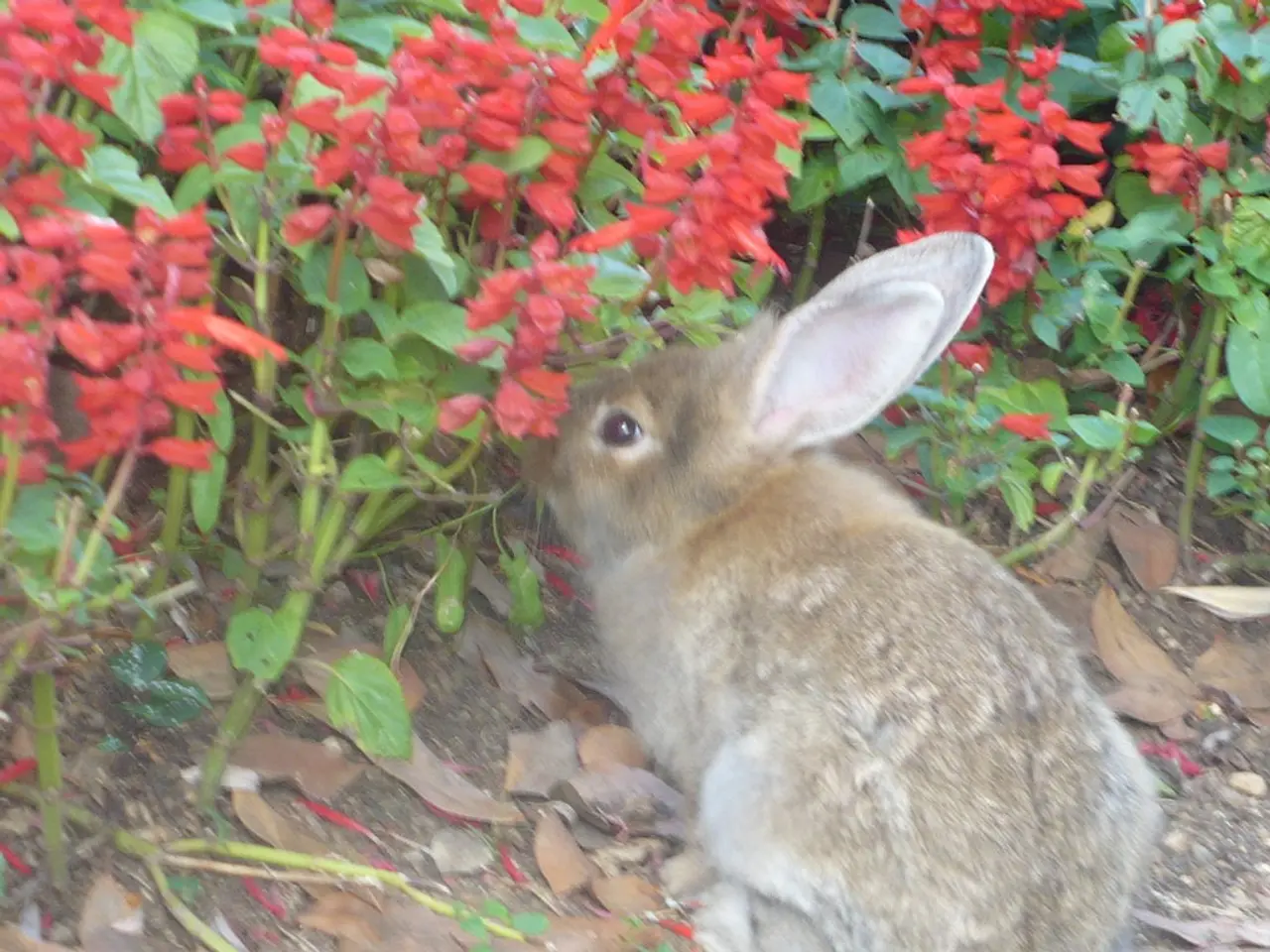Crafting Children's Illustrated Books: Even the Experienced May Find They Lack Knowledge (Sequel)
When it comes to crafting a successful children's story, thorough research is key. This is especially true when the subject matter is as beloved as rabbits.
Understanding Rabbits
To write an authentic tale featuring our fluffy, hopping friends, it's essential to delve into their world. This includes studying their diet, habits, and living environment.
European rabbits are primarily herbivores, feasting on grasses, leaves, and succulent shoots. They also consume occasional berries, tree bark, seeds, and roots during scarce times. Their diet is high in fiber and cellulose, making their digestive system unique, with a large cecum full of symbiotic bacteria and a tendency to practice coprophagy (eating soft fecal pellets to extract nutrients a second time).
In captivity or as pets, a balanced diet consists of about 85% hay, around 10% daily fresh leafy greens, and 5% pellets. Occasional treats like carrots are given, but their high sugar content should be considered.
Rabbits are social creatures, preferring grassland habitats and building extensive burrow systems called warrens. They have survival tactics that include freezing and hiding or fleeing in quick, irregular motions, aided by their strong hind limbs for speed and agility. Rabbits communicate primarily through scent marking, using glands and urine to convey identity, social status, and territory.
Crafting an Engaging Story
With a solid understanding of rabbit biology and behavior, it's time to weave these facts into a captivating narrative. Incorporate realistic details, such as the rabbit eating mostly grass and leaves and having a home underground (warren). Show rabbit behavior like freezing to hide, quick hopping escapes, and social scent marking.
Anthropomorphize rabbits with traits like curiosity, caution, or playfulness, but rooted in their natural habits. This will create relatable, believable characters that young readers can connect with.
Researching the Children's Book Market
To ensure your story resonates with today's readers, it's crucial to understand the current children's book market. Research existing popular children's books featuring rabbits, such as Peter Rabbit by Beatrix Potter, to identify themes and character traits that resonate with young readers.
Visit children's bookstores or library sections dedicated to animal stories to analyze illustration styles, story complexity, and narrative tone tailored to different age groups. Explore market trends for anthropomorphic animal stories, particularly rabbits, by checking publisher catalogues, bestseller lists, and children's literature reviews.
Remember, the goal is to create a unique, engaging story. Consider what unique angle you can bring, such as focusing on lesser-known rabbit behaviors or environments, while keeping language and concepts accessible.
Additional Resources
For more guidance on various aspects of writing children's picture books, check out related articles such as "How to Write Children's Picture Books: Enrich Your Story With Dialogue," "How to Write Children's Picture Books: Buy, Borrow, But Don't Steal! (Part 3)," and "How to Write Children's Picture Books: Is He a Good Guy or a Bad Guy? (Part 5)."
Researching pop culture magazines and cartoons can also help understand trends in the children's book market.
In summary, combine accurate biological and behavioral facts about rabbits—including their diet, social habits, and environment—with creative storytelling elements that appeal to children. Supplement this with market research on successful rabbit-themed children's books to craft a convincing, engaging story.
Yvonne Blackwood is the author of this guest post.
Read also:
- Intense Attention Deficit Hyperactivity Disorder: Signs, Drugs, and Remedies
- Investigating Lead Levels in Trenton, New Jersey: A Local Study on Environmental Health
- Tragedy off Yemen's Coast: More Than 150 Migrants Lose Lives as Boat Overturns
- Athletics Director Claude English of Park University Announces His Decision to Retire




